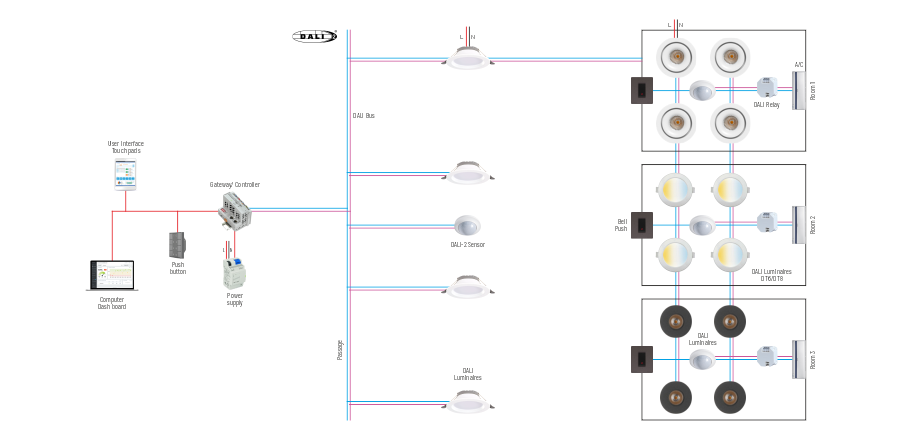
Lighting management systems are advanced technologies that are designed to automate and optimize lighting in buildings. These systems use various sensors, controllers, and software to monitor and control lighting levels, color temperature, and other factors, in order to reduce energy consumption and improve the quality of lighting.
One key aspect of lighting management systems is the use of sensors to detect occupancy and adjust lighting levels accordingly. For example, lights can be automatically turned off in an empty room, or dimmed when natural light is sufficient. This can result in significant energy savings, as well as a more comfortable and efficient lighting environment.
Another key feature of lighting management systems is the ability to control lighting remotely, either through a central control system or a mobile app. This allows building managers to adjust lighting settings in real time, based on changing conditions or user needs.
In addition, lighting management systems can include advanced features such as color tuning, which allows for adjustment of the color temperature of the light to mimic natural daylight. This can have significant benefits for human health and well-being, as well as productivity and comfort.Lighting management systems can be integrated with other building automation systems, such as HVAC and security, to create a more efficient and streamlined building environment. This integration allows for a comprehensive approach to building management, which can result in significant energy savings and other benefits.
Overall, lighting management systems are advanced technologies that can improve the efficiency, comfort, and quality of lighting in buildings. By automating and optimizing lighting, these systems can result in significant energy savings, as well as improved user experience and productivity.